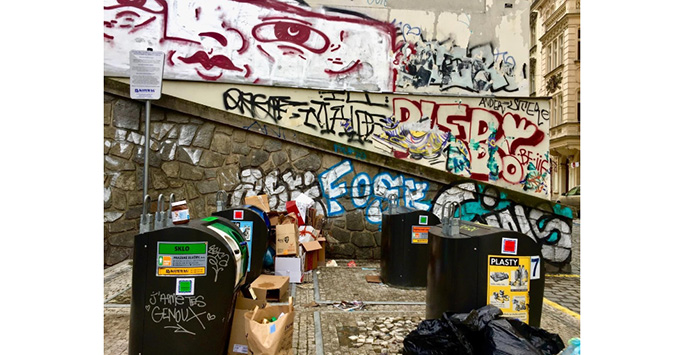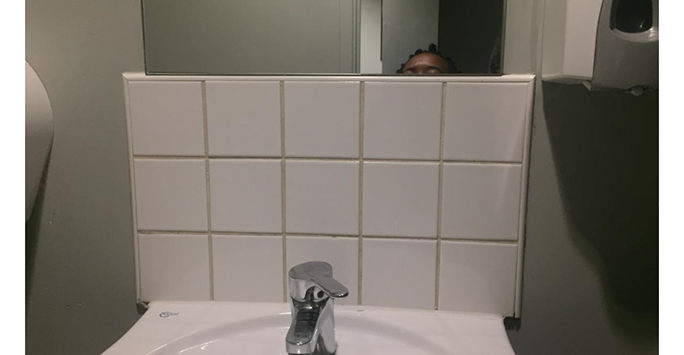
Terence Heng, senior lecturer in sociology, reflects on designing, developing and delivering modules in photography as a social research method.
One nice thing about research-led teaching is the opportunity to develop modules in one’s own research areas. As a Visual Sociologist, one of my core areas of research expertise is in the practice of and critical engagement with visual methods in the social sciences, especially digital photography.
In 2016, I published Visual Methods in the Field: Photography for the Social Sciences – a hybrid handbook-monograph where I identified a gap in the visual research methods literature that did not deal with the construction and production of Sociological images in the context of Sociological practice. Each chapter dealt with case studies from my research, showing examples of how I used photography to examine ethnic identity making in different projects.
When I arrived in Liverpool in 2018, I saw a chance to deliver specific modules from this book. Two modules were developed – SOCI348 Documentary Photography as Social Research and SOCI540 Photography and Creative Practice.
SOCI348 is aimed at final-year undergraduates who wish to incorporate digital photography into their research repertoire. SOCI540 is a 5-credit module for PG students and follows similar content and pedagogy.
In both of these modules, students learn about the value of documentary photography to Sociology and Visual Sociology, theories of the photograph, as well as how to create compelling images as data for use in dissertations, assignments and future research. In order to accomplish these learning objectives and skillsets, a number of things were done.
Active Learning through Applied and Problem-Based Learning
The first was to adopt an applied learning pedagogy for the module’s topics. Photography is often taught as a skill without a specific context – in other words, equipment, techniques and theory are learnt in a vacuum of practice, which makes it even harder for students to understand.
In SOCI348 and SOCI540, photographic skills and theories are taught in the context of where social researchers do research – e.g. the investigation of social interaction, social spaces and material culture. So rather than learning about photographic compositional techniques such as juxtaposition “as is”, students are actively taught how to juxtapose when understanding the ways in which social spaces are constructed.
The second was to revamp seminars to reflect these applied and problem-based learning approaches. Instead of seminar sheets with a series of questions about a reading, two formats were adopted. In the first half of the module, students were given photographs printed on large A3 sheets of paper to critique in groups. Each student was expected to annotate the photographs in order to interpret and reveal the sociological data inherent in the image. These sheets were then scanned and uploaded for further peer-learning in VITAL.
In the second half of the module, students were tasked each week to create a photograph, submit it prior to the seminar, which would then be critiqued by me during the seminar. Such approaches have been adopted in Art and Design Schools (called ‘formative crits’) but are rarely seen in Social Science departments.
Whilst practice is important, theory is still equally vital for students to understand why they are doing what they are doing. To this extent, I continue to provide traditional readings and seminar sheets in the form of Self-Directed Learning Worksheets (SLWs) for students to prepare for theoretical discussions of photography-based research methods.
Making Visual Essays
As part of their assignments, students had to submit images they took of public places and objects, as well as a visual essay on material culture, combined into a single portfolio. This meant that students now had real proof of their learning outcomes that formed part of their overall learning journey in research methods.
The results have been encouraging and in many cases outstanding. Students have displayed some significant levels of creativity and engagement with the method, with several adapting the method to develop new and exciting ways of seeing and doing sociology through their work. Below are just a few that have developed visual essays for these modules.

Benjamin Bishop-Wells (MA Social Research Methods 2020) used panoramas of everyday spaces, juxtaposed against collages of old childhood photographs to show change and memory at home.

Hannah Nicholas (BA Sociology with Criminology 2019) examined the spatial relationship between graffiti and litter.

Nana B Kabagwira’s (BA Sociology and Social Policy 2019) autophotographic essay interrogated the architecture of disability and access.
In 2020, Dr Heng was a recipient of a Learning, Teaching and Student Experience Award (LTSE) from the Faculty of Humanties and Social Sciences for his modules SOCI348 Documentary Photography as Social Research and SOCI540 Photography and Creative Practice. The LTSE Award scheme recognises staff who have made a positive impact within their respective areas by developing projects to enhance the student teaching/learning experience.
Dr Heng is a Senior Lecturer in the Department of Sociology, Social Policy and Criminology.
If you are interested in studying within the Department of Sociology, Social Policy and Criminology, please visit our study pages to find out more: https://www.liverpool.ac.uk/sociology-social-policy-and-criminology/study/